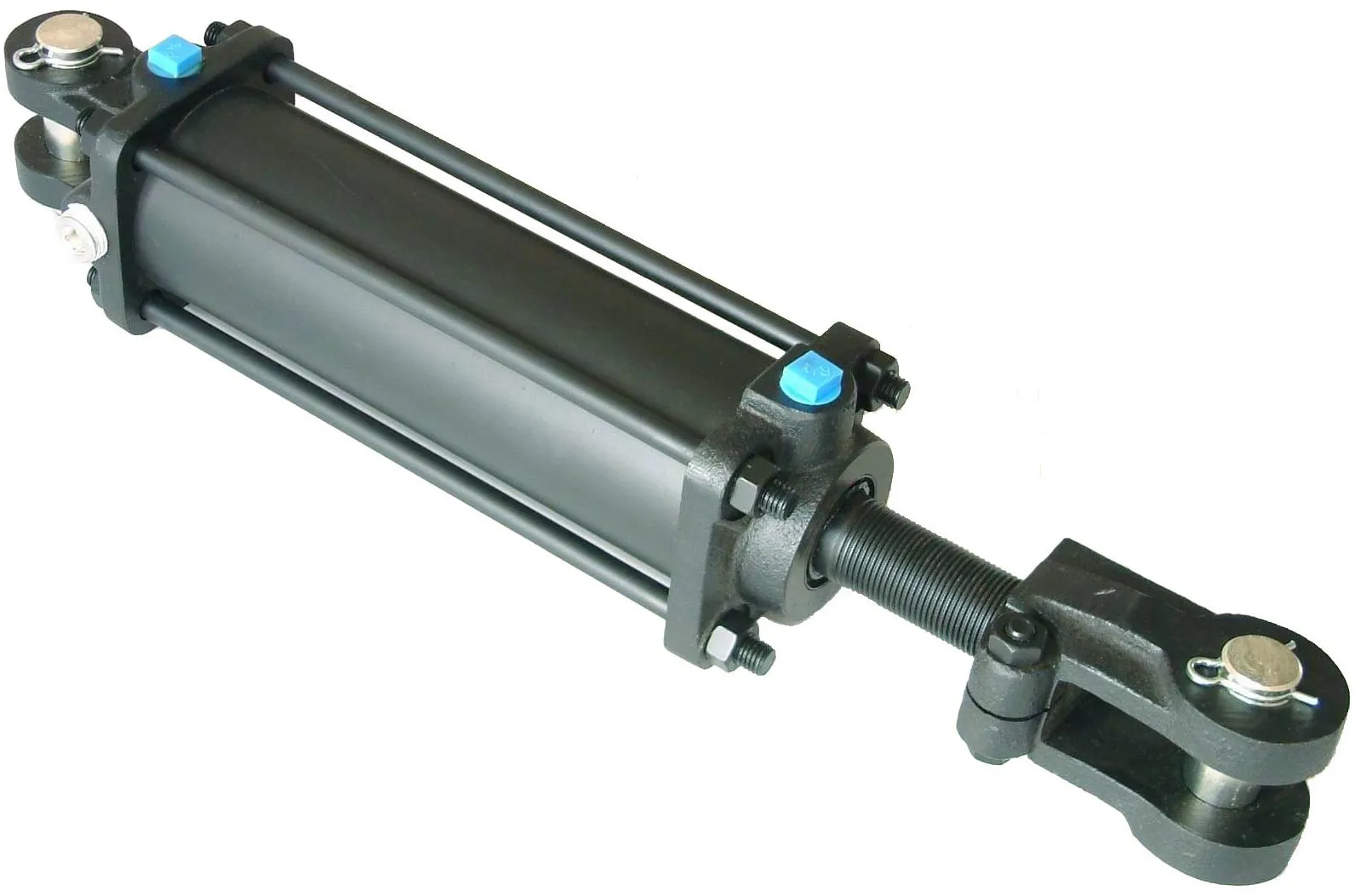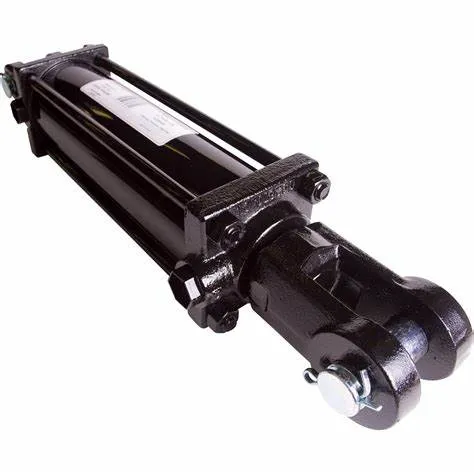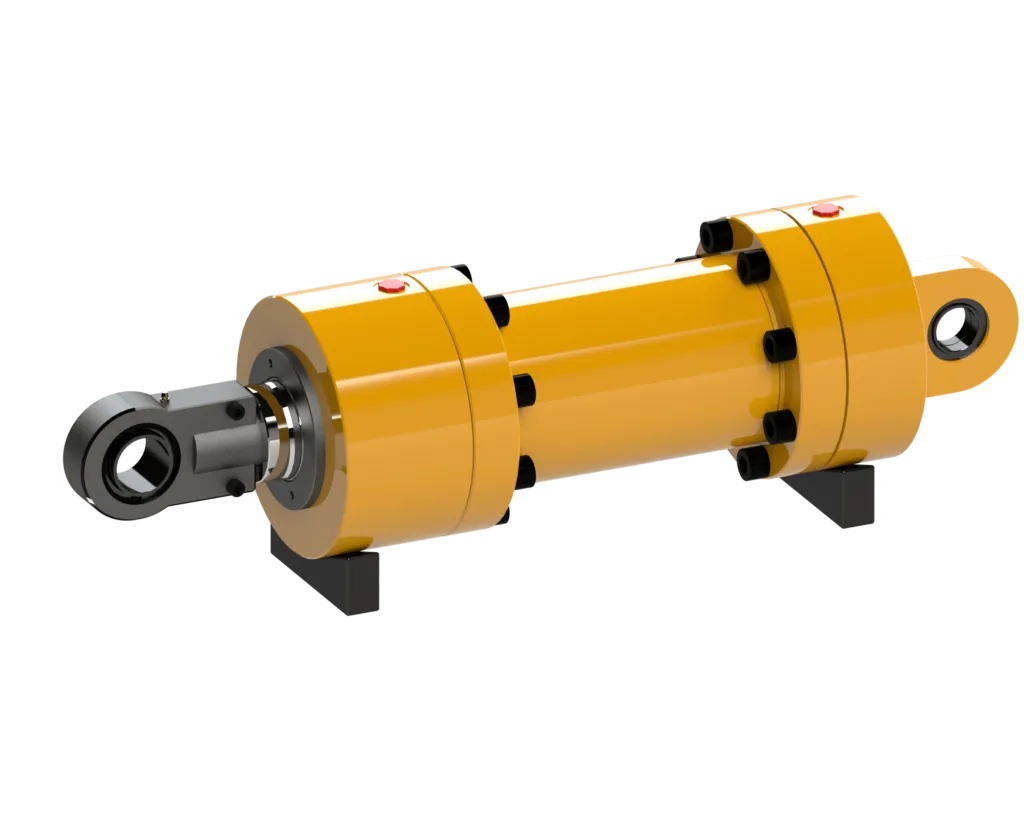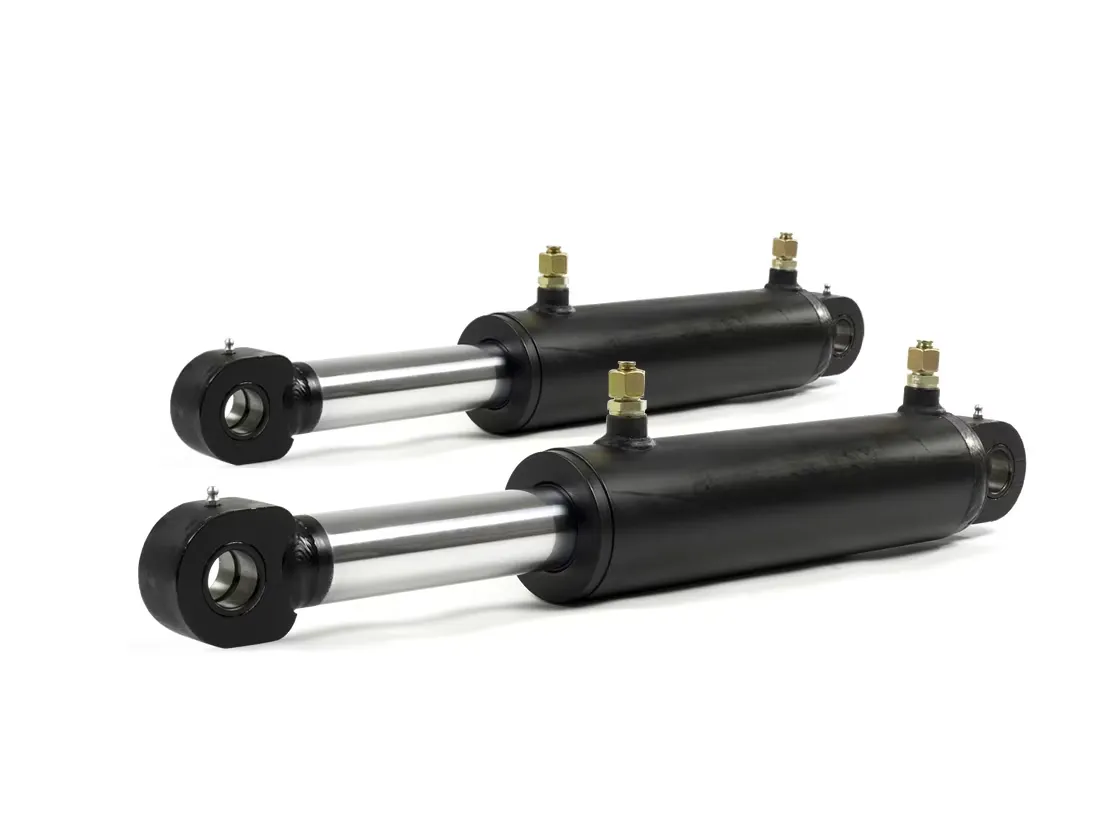
Exploring the Locking Single-Acting Hydraulic Cylinder For Oil And Gas Industry
Subtitle: Understanding the Design and Operation of Locking Single-Acting Hydraulic Cylinders
The term “Locking Single-Acting Hydraulic Cylinder” refers to a hydraulic cylinder that operates in one direction under hydraulic pressure and features a locking mechanism to prevent movement in the absence of pressure. These cylinders are commonly used in the oil and gas industry for various applications.
Design and Construction Characteristics
- Locking Mechanism – Safety: The primary feature of these cylinders is the locking mechanism, which ensures that the piston remains in a safe position even when hydraulic pressure is lost, preventing accidental retractions. This can be achieved through mechanical locks or hydraulic locks.
- Variety: The design of the locking mechanism can be customized to suit specific applications, including the use of spring-loaded devices, pin locks, or other mechanical locking options.
- Compact Structure – Space Optimization: These cylinders are designed to be compact, making them suitable for use in space-limited environments across a variety of equipment and machinery.
Working Principle
When hydraulic oil is pumped into the chamber, the cylinder extends and pushes the piston outward. The retraction is controlled by the locking mechanism, which can be mechanical (such as a pin or latch) or hydraulic, ensuring that the load remains safe even if hydraulic pressure is lost.
Types and Configurations
There are three main types of locking single-acting hydraulic cylinders, each with unique configurations tailored to specific applications:
- Type 1: Spring-Loaded Locking Mechanism
- Type 2: Pin Locks for Enhanced Security
- Type 3: Hydraulic Locking System for Maximum Reliability

Benefits
- Enhanced Security: The locking feature reduces the risk of accidental retractions, improving operator safety.
- Reliability: These cylinders are designed to operate effectively under high loads and varying conditions, ensuring consistent performance.
- Simplicity: Easy to operate and maintain, making them a user-friendly choice for many applications.
Application Scenarios
- Construction Equipment: Used in cranes, hoists, and lifts to securely fix heavy objects in place.
- Manufacturing: Applied in presses to form materials under high pressure and maintain stability during processing.
- Transportation: Utilized in stabilizers and jacks for vehicles to ensure safety during maintenance and transportation.
Design Considerations and Selection Criteria
When selecting a locking single-acting hydraulic cylinder, key design considerations include bearing capacity, sealing, durability, safety, and maintainability. Each of these factors plays a crucial role in the performance and longevity of the cylinder.
Sealing and Lubrication
Proper sealing and lubrication are essential for the optimal functioning of these cylinders. Various seals, such as piston seals and rod seals made of wear-resistant materials, are used to prevent leakage. Regularly filling the cylinder with hydraulic oil ensures smooth operation and longevity.
Maintenance and Troubleshooting
Regular inspection and preventive maintenance measures are vital to ensure the continued performance of locking single-acting hydraulic cylinders. Common maintenance tasks include inspection, lubrication, seal replacement, and calibration checks to identify and resolve potential issues.
Installation Guide
Proper installation of locking single-acting hydraulic cylinders is crucial for their effective operation. Following manufacturer guidelines and ensuring correct alignment and mounting are essential steps in the installation process.
Unit Power and Optimization
The unit power of these cylinders is influenced by factors such as cylinder diameter, stroke, operating pressure, piston speed, and load conditions. Optimizing the power unit can lead to improved efficiency, energy savings, and enhanced reliability in operation.
Safety Considerations
Ensuring safety measures are in place when using locking single-acting hydraulic cylinders is essential to prevent accidents and maintain a secure working environment.
Fault Diagnosis and Common Problems
Identifying and addressing common issues with locking single-acting hydraulic cylinders is crucial for maintaining their performance. Proper troubleshooting and preventive measures can help minimize downtime and ensure optimal functionality.
Long-Tail Keywords
- 1. Locking Single-Acting Hydraulic Cylinder Operation
- 2. Benefits of Locking Single-Acting Hydraulic Cylinders
- 3. Maintenance Tips for Locking Single-Acting Hydraulic Cylinders

Company Focus

Our company specializes in the production and distribution of hydraulic cylinders for various industries, including the oil and gas sector. With a comprehensive product line, international certifications, customized services, advanced production equipment, and dedicated after-sales support, we have established ourselves as a leading provider in the market.
Author: lyl
